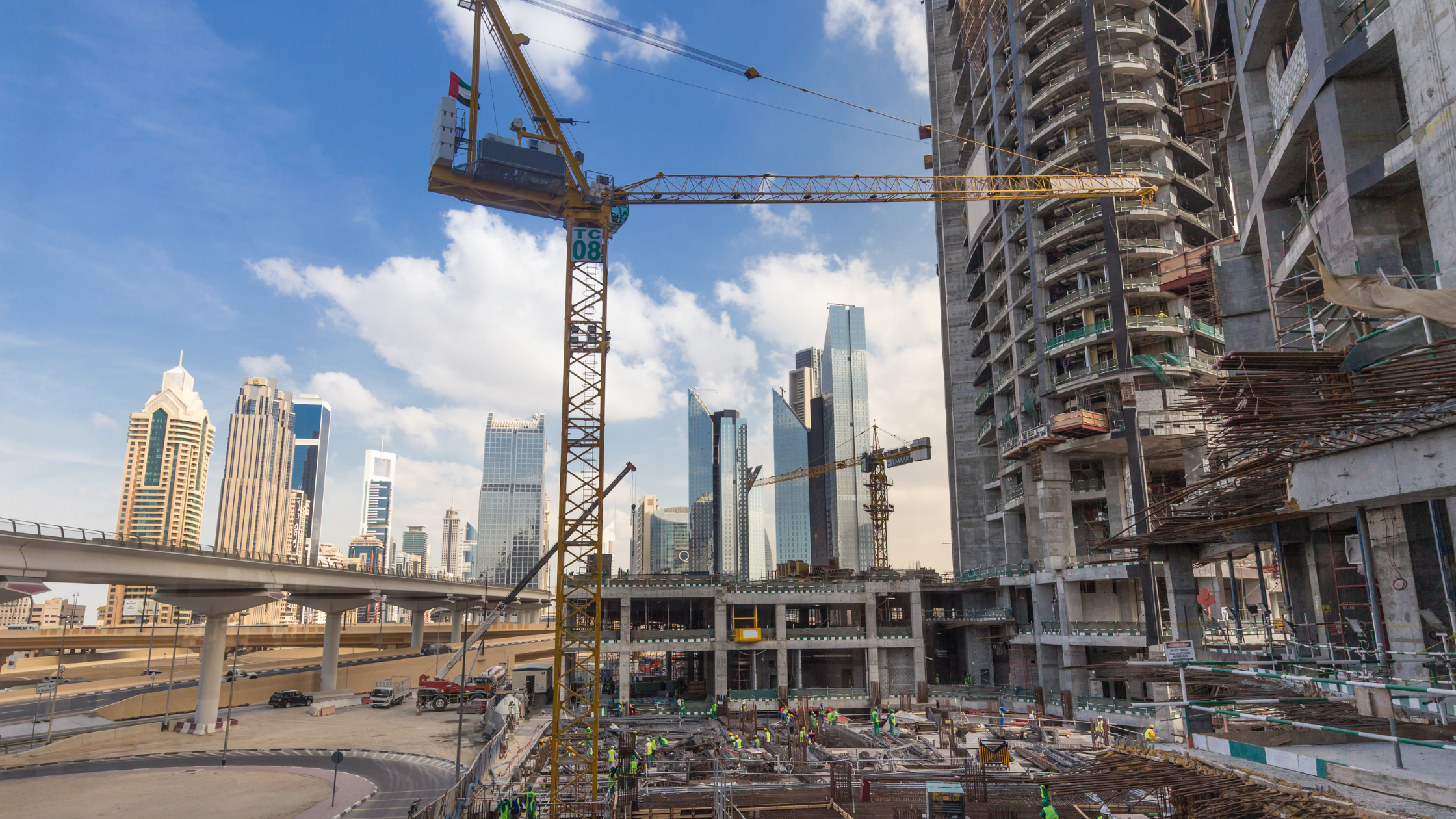The impacts of the recent pandemic linger for many companies in volatile materials prices. Costs for lumber and other construction materials—in addition to costs for shipping—can fluctuate wildly from month to month. Price escalation clauses protect contractors from increasing job costs.
Competing needs in construction bedevil completion
Contractors work on deadlines, and getting off course due to material or labor shortages has become a recurrent issue due to post-pandemic impacts on the supply chain. These types of problems can mean big trouble for a project’s progress and a contractor’s profitability—they can even result in a contractor filing for bankruptcy due to excessive losses resulting from unplanned surges in materials costs.
By sharing the burden of unexpected cost increases with project owners, contractors can better understand such price fluctuations and ensure timely project completion.
The problem: Many owners want all possible risks absorbed by consulting teams and contractors and often insist on fixed-price contracts that don’t have labor or material price escalation clauses.
While this sounds like a good idea in theory, it can often backfire on owners. When a contractor is forced to absorb costs it can’t afford, the contractor might be forced to cut corners or, worse, abandon the project.
Still, contractors need to be able to control their costs even with price fluctuations. Ignoring this could end up being a big hassle for the owner and contractor, resulting in work stoppages and disputes, abandoned projects, bankruptcy, or lengthy and costly litigation.
Both parties want a project that’s well-constructed and completed on time, but they need to find a middle ground to do it. That’s where price escalation clauses come into the picture.
How price escalation clauses help projects
Owners want to mitigate risks when contracting a project, and in most cases, the solution is to have a contractor absorb unexpected costs. However, even if the contractor agrees to this, it isn’t a practical approach.
The reason: While some contractors typically want the burden of escalated costs placed on owners, that’s not realistic, either.
Instead, a collaborative approach must be taken to tackle this problem.
The solution: A price escalation clause.
While the benefits of a price escalation clause for the contractor are obvious, they can actually be beneficial for the owner, too. They serve to mitigate the risk of disputes down the road and, in turn, preserve amicable relationships between all parties involved.
Price escalation clauses should include the following:
- Material and labor that apply to the clause
- A price index to quantify the escalation
- Date, quantity, and value subject to adjustment
- The method of price adjustment, meaning how the price index will apply to escalate the base price, including thresholds
- Stipulations on which parties will accept risk of an increase
If there is a seemingly fair allocation of risk, an owner may be more apt to accept a price escalation clause. So in some cases, a contractor or consultant team might want to share potential cost risks with the owner. They can also give the owner the benefit of getting a break on price costs if material prices fall below a certain threshold.
Bottom line
Creating a successful construction project that’s delivered on time is, in part, a question of managing many moving parts and moving targets. It’s also a matter of clear communication to ensure work is done properly and safely.
That’s why it’s important for all parties involved in a project to work together to ensure prices don’t torpedo the build. Price escalation clauses can help avoid negative outcomes for everyone involved with the project.






